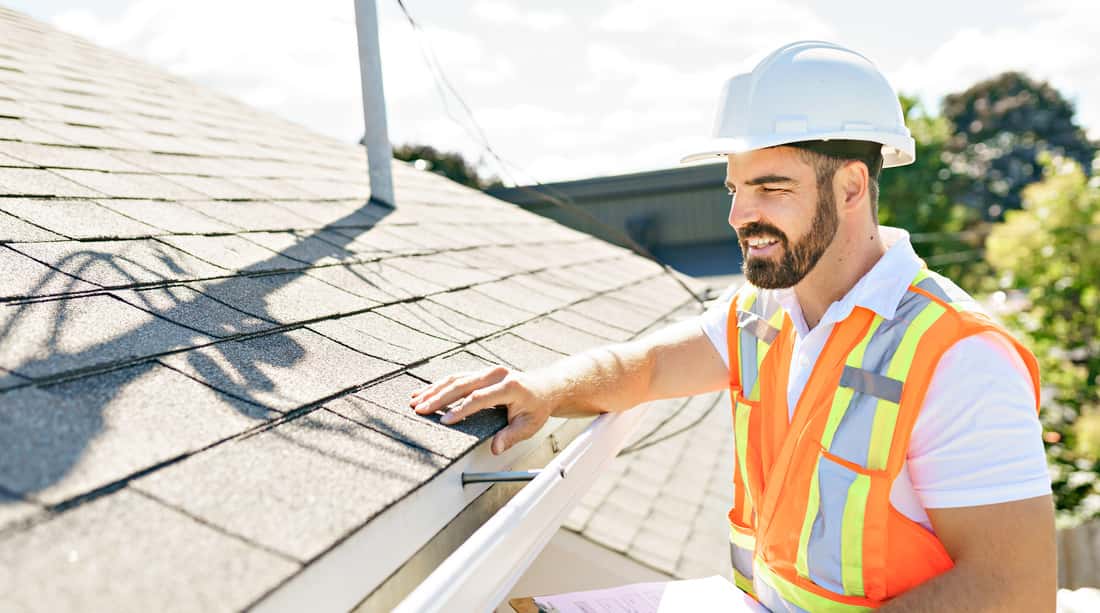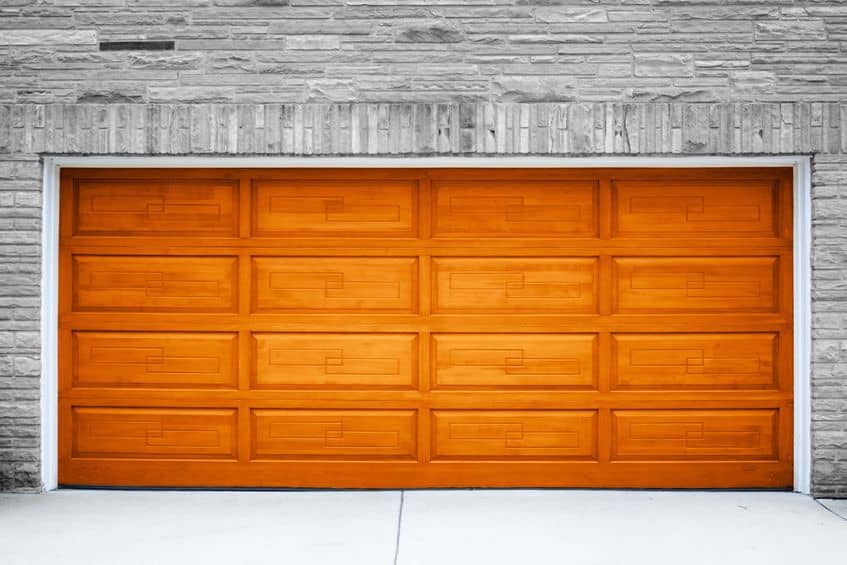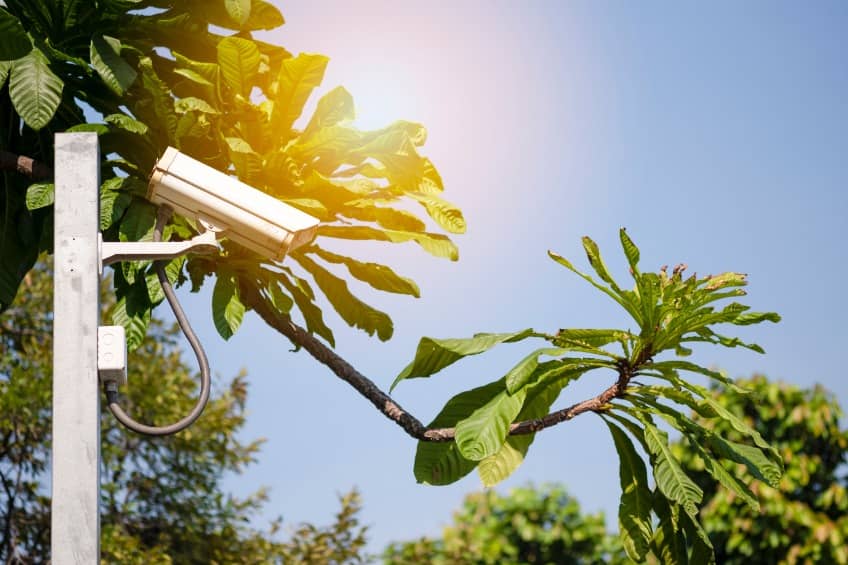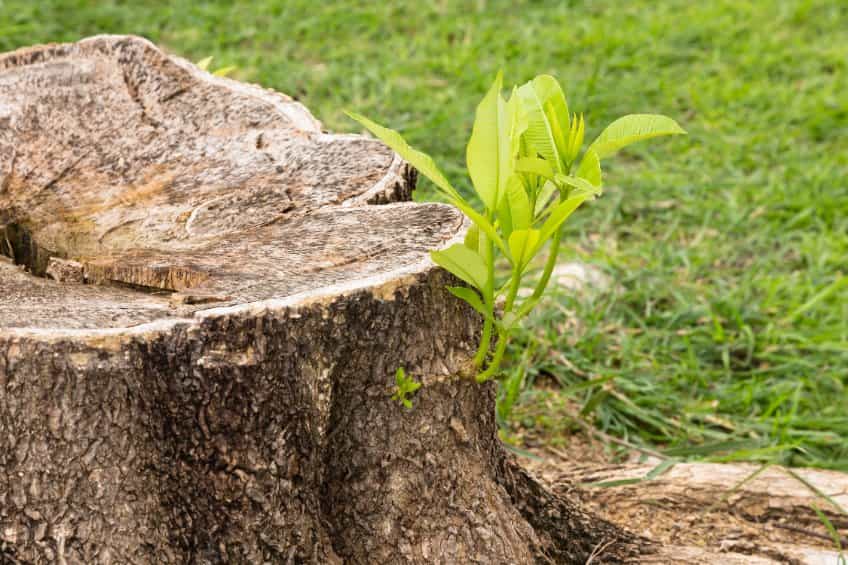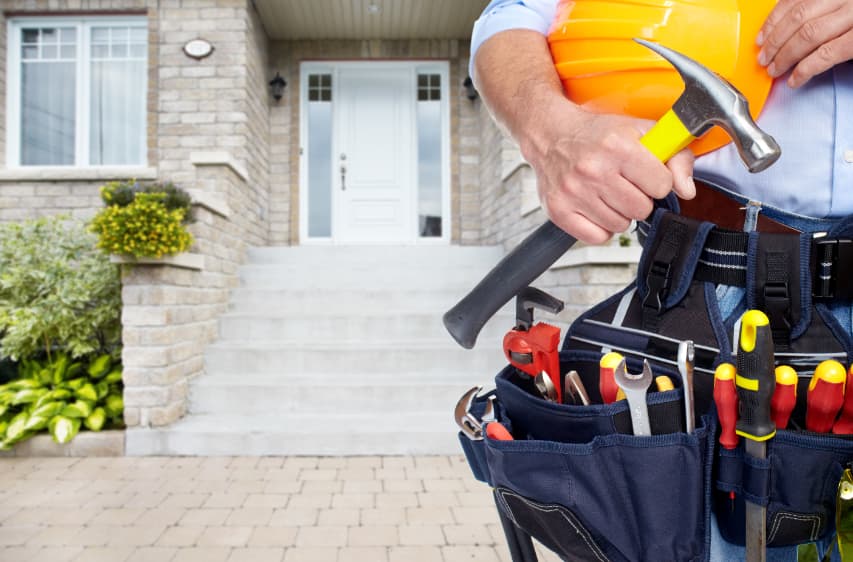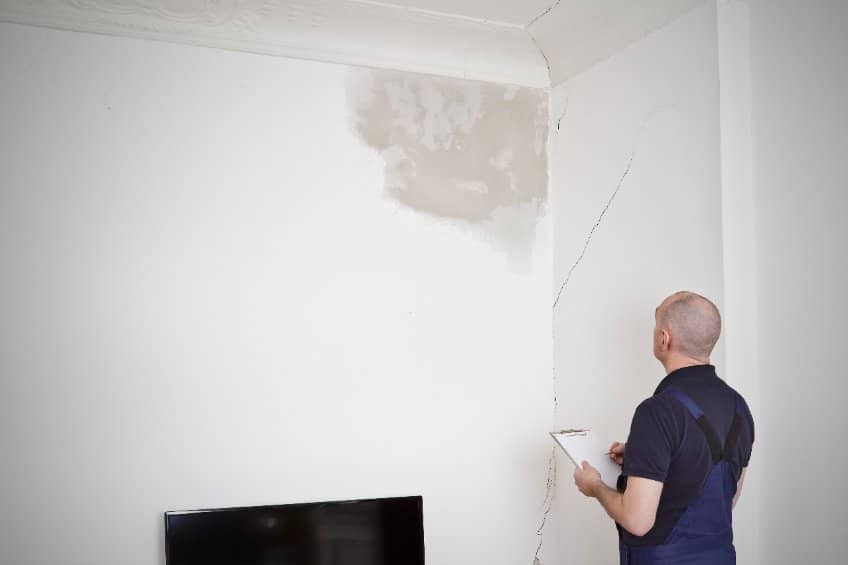Most homeowners don’t pay much attention to their roofs. After all, it’s out of sight and can be hard to reach. However, your roof is what protects you, your family, and your personal belongings from the harsh outdoor elements.
Thus, your roof needs to be inspected from time to time to make sure that it’s not compromised in any way and to prevent costly repairs, or worse, a hefty roof replacement. But, how often should you inspect your roof, and should you do it yourself? Find out in this article.
Understanding Roof Inspection
Before diving into the specifics of roof inspection schedules, here’s a brief definition of the process.
A roof inspection is a detailed and thorough examination of all roofing components in, or on, your home. This inspection helps determine the current performance and condition of your home’s roof and check for any issues that need repairing.
In addition, a roof inspection can also be performed to certify a roof, determining the expected lifespan and current quality of a particular roof. In general, this type of roof inspection is more common when selling or buying a home and often requires you to hire the pros like Nova Exteriors, one of the best Northern Virginia roofers you can find. You can also check out roof inspectors near you.
Roof Inspection: How Often Do You Need It?
The National Roofing Contractors Association (NCRA), a US non-profit association representing all segments of the roofing sector, recommends that you check your roof at least two times a year–during spring and fall when the weather is milder and safe for inspection–to spot any issues.
These seasons not only make roof inspection easier but also allow you to ensure that your roof is prepared for the upcoming potential seasonal weather hazards and temperature changes.
Factors That Affect the Frequency Of Your Roof Inspection Schedules
While two times a year is the recommended frequency for roof inspections, certain factors can impact your inspection schedules. Here are some of them:
Roofing Materials
One of the major factors that impact the frequency of your roof inspection schedules is the roof itself. Different roofing materials wear and decay differently, and some materials may require more frequent inspections than others.
For instance, experts recommend that composite shingles, wooden shingle roofs, and asphalt should be inspected every three years. Meanwhile, tile roofs can go at least five years between professional inspections, provided that it’s installed as recommended by the manufacturer. Take note, however, that the underlayment and coverings can degrade faster than the tile itself and may require inspections between seasons to ensure that they’re not compromised.
Roof Age
The frequency of roof inspections may also depend on the age of your roof. In general, older roofs are more prone to weather damage than newly installed roofs. Thus, older roofs benefit more from seasonal inspections, whereas new roofs can follow general guidelines, depending on the material.
Weather Conditions
When your area has recently experienced major storms that come with heavy rain, hail, strong winds, or flying debris, then it’s recommended that you have your roof inspected immediately, regardless of the age of your roof.
Following a major weather disaster, a professional inspector can help detect potential issues and damage and make the necessary repairs to protect the integrity of your roof and prevent a bigger headache later on.
Tree Coverage
Trees around your property can boost your curb appeal. That said, when left alone, they can also wreak havoc on your roof, particularly if close to your roofing system and in the event of a storm.
Branches can snap off in high winds and damage your roof. Even smaller branches can rip off already-compromised shingles as they fall to the ground. In addition, even without a storm, tree leaves and other debris may collect on your roof causing decay of roof materials as well as buildup and blockages in your gutters.
So, if your property has a large tree coverage, it should be inspected at least once or twice a year to ensure that there’s no damage caused by falling branches and clogging your gutters.
Should You Inspect Your Roof Yourself?
Most homeowners prefer to save and do common home maintenance tasks on their own. However, a thorough roof inspection may be more difficult to do than you think. You don’t want to miss a small issue that can potentially cause expensive repairs in the future.
That said, it’s a good idea to do DIY checks of your roof a few times each year. You can use a roof inspection checklist to make sure that you’re not missing anything. However, you must schedule a professional roof check at least once a year. Professional roofers have more skills and experience. They know what to look for and can spot even the smallest issues you may have missed.
Takeaway
From the harsh sun to damaging hail and rain to fighting the wind–your roof takes a beating every single day. While most roofing is manufactured to last for a long time, they still need to be inspected from time to time to ensure that they’re still in good shape. Failure to inspect your roof regularly could result in expensive repairs in the future and compromise your family’s safety.
So, make sure to schedule a regular roof inspection with the pros to help keep your roof in tip-top shape so it can continue to serve you throughout its expected lifespan.
